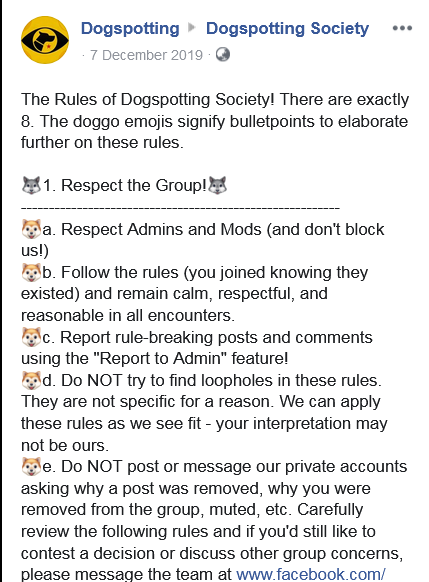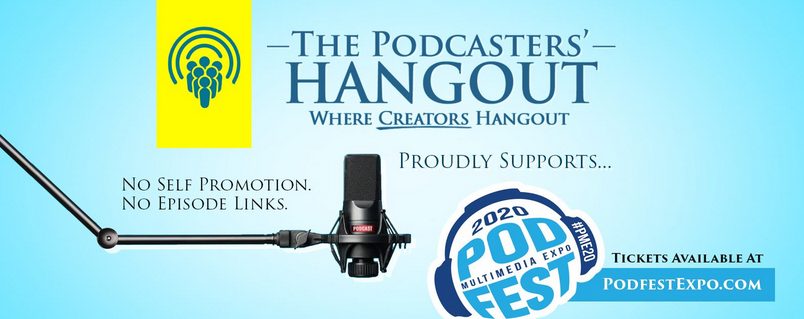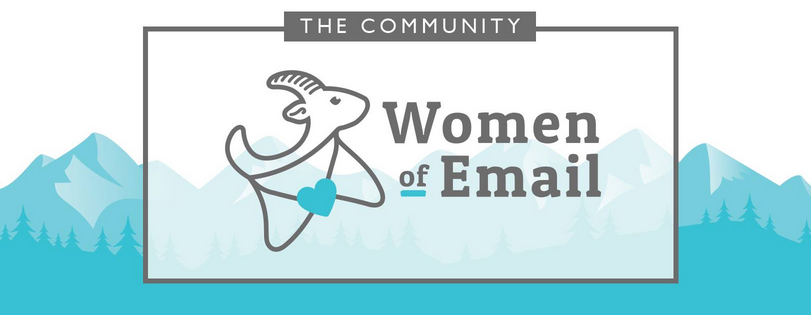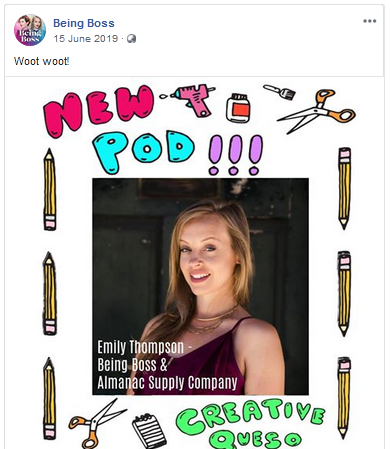Do you know that a Facebook group can increase your organic reach? Don’t believe us? Facebook has recently updated their algorithm so that posts by groups on which a user is regularly active, appear higher up in their feeds. There isn’t a better way to climb the popularity chart on Facebook than by creating a group.
Still skeptical about starting a Facebook group? Then, get this, users love the community feeling that groups provide. Groups allow them to interact on a one-to-one basis with the brands they follow. It’s no surprise that groups are proliferating at the speed of light. By Facebook’s estimates, 1.4 billion people use the 10 million groups on Facebook monthly.
If you’re yet to include Facebook groups in your digital marketing plan, this post will help you get off to a great head start.
Benefits of Creating Facebook Groups
Facebook group marketing should be part of every smart marketer’s digital marketing strategy. To test the waters, try participating constructively in other groups’ conversations. You’ll be amazed by the kind of engagement you can drive just by posting relevant comments and insightful remarks.
Though this is a great way to grab attention on Facebook, starting a group can give you complete control of the narrative. Let’s take a closer look at the benefits of creating a group on Facebook.
1. Facebook Algorithm Favours Groups
You can make the Facebook algorithm work for you and get higher visibility on your posts by creating a group. If your group members interact with your content (likes, shares, comments, posts, or tags) on a regular basis, Facebook will consider you at par with friends/family.
The platform will prioritise your content while deciding on the feed display sequence. Consequently, your posts will be displayed higher up in your members’ feeds.
Marketers who understand this hack are using groups to increase their organic reach. As compared to paid Facebook ads, Facebook group marketing costs peanuts and gives considerable (if not better) returns.
2. Group Members are Qualified Prospects
Facebook groups can be your expressway to reach qualified customers. People opt to join groups with which they have an affinity. They are receptive to the content and ready to engage. With a bit of nurturing, brands can convert them into customers. This kind of targeted marketing can generate high ROI.
3. Groups Strengthen Brand-Customer Relationships
Groups can help businesses extend their customer care service. Via groups, brands can serve customers promptly by answering their queries, gathering feedback, and providing after-sales service.
Some businesses even have separate groups for each product line, where they deliver online tutorials and helpful hacks. This is guaranteed to delight customers and convert them into brand advocates.
By monitoring conversations going on in your member communities, you can identify pain points and challenges that your customers or prospects normally face. You can come up with on-point content as well as care that is sure to delight customers.
4. Groups Help Facilitate Community Building
By bringing together like-minded individuals as members, groups can build self-reliant communities. As a group admin, you can encourage healthy dialogue between members.
This shift, from me to we humanises your brand. And since humans trust people more than brands, you have better chances of building trust.
Tips to Get Maximum Results From Your Facebook Groups
No marketing effort will bear results if it’s not governed by a proper strategy.
After examining top-performing groups on Facebook, we’ve identified some best practices and hacks that you can emulate while starting your group. Even if you already have a group, you can use these strategies as a checklist to evaluate your group’s performance.
Set Some Ground Rules
You don’t want your group to attract irrelevant leads or be a centre for pointless, spammy posts. To facilitate a high-quality dialogue, you’ll have to clearly convey your expectations to members via rules. Rules can help prevent member conflicts and make your group a safe and welcoming haven.
Facebook allows up to 10 group rules. For inspiration, here are some example rules that you can set:
-
-
- No purely promotional posts.
- No link dropping unless a post categorically asks for it.
- Post properly branded posts with context. Be as detailed as you can in your posts.
- No posts without context. Explain why you’re posting or how your post can help members.
- No hate speeches or inflammatory posts.
- No spammy or irrelevant content.
- Respect your fellow members’ privacy.
- Interact positively with your community.
- Report inappropriate behaviour promptly.
-

Image via Facebook
Identify Your Goals
As with all marketing strategies, Facebook group marketing needs to start with goal setting. Consider the following questions: Why are you setting up the group? Do you want to build your brand? Serve customers? Boost engagement on Facebook?
Your goal will decide your future course of action. Your member selection, ground rules, content calendar, and engagement strategy will all be dictated by your goals. Your group’s name and description should reflect its purpose clearly.
Teachable Tribe’s cover photo, group name, and description resonate with its goals.

Image via Facebook
Opt for a Private Group
Businesses normally create private groups to maintain exclusivity. With public groups, posts and members are open for scrutiny by the public. Private groups allow only members to access the content. Aspiring members are required to fill out a form and admins vet their answers before allowing them in.
By maintaining privacy, you can keep miscreants or trollers at bay, and keep discussions focused. Members also value the sanctity of the group and feel obliged to be a part of such groups. Only group admins can change a group’s privacy, and they can only do so once every 28 days. Groups with more than 5,000 members can’t change their privacy from private to public.
Optimise for Maximum Engagement
To grab maximum eyeballs, you should post during optimal times. Research proves that the best times to post on Facebook are during weekday mornings and afternoons. You can use social listening tools to gauge the times your members are most active.
Ensure that your group info is complete and up-to-date. You should include keywords that potential members might type while searching for your group. Your group description should have a prominent call-to-action and your cover picture should be captivating.
Note the clever use of a call-to-action in the header and the emotion-stirring tagline in the screenshot below.

Image via Facebook
Have a Dedicated Facebook Marketing Team
Owning a Facebook group is a commitment. You have to deliver value to members and keep the group alive and kicking. To handle the day-to-day workings of your group, it’s advisable to have dedicated teams.
In fact, it’s better to have multiple admins, especially if your group size is big. That way your members are never left in the lurch with their queries unanswered. You can pick the most active members to be admins or moderators of your group.

Image via Facebook
Keep it Interesting
To keep your content from getting stale and stagnant, experiment with different content formats. You can get great content ideas by using social media management tools or by doing a basic Google search. You can assign themes to different days of the week, such as “Motivational Monday” and “Titillating Tuesdays,” then post content that matches the theme.
Contests and giveaways are great ways to spur activity in groups, so are live Q&A sessions and podcasts. You can collaborate with some influential group members to share their trade secrets and answer member queries.

Image via Facebook
Polls and quizzes are also a big hit with Facebook users. You can conduct surveys and encourage members to tag friends who’d be interested in taking the survey. This way you can widen your reach and also get engagement.
Keep the Spotlight on Members
Though you own the group, it shouldn’t be only about you. Always remember the golden rule: get your members talking. The more enthusiastically your members post in your group, the better your group will look to the Facebook engine.
You can welcome new members and encourage them to introduce themselves. You can give shoutouts to members to acknowledge their achievements or contributions. Critique posts like an expert and offer assistance or references when you can.
Tag members in relevant threads and encourage healthy discussions in the community. It’s important not to hijack conversations and just be an active listener. You can pick up valuable pointers by tracking discussions, which can guide your next product line or content idea.
Promote Across Channels
Your group won’t get traction from day one. Be ready to promote it in your newsletters, email signatures, social accounts, and websites. If you have a mailing list, send an email announcing the launch of your new group. Make it easy for people to join the group by providing a CTA in the email.
Have a button on your website that takes people directly to the membership form. You can also include a CTA on the “thank you” pages of your lead magnets.
Conclusion
Brands are leveraging Facebook groups to generate sales, nurture customer relationships, and gather qualified leads. If done strategically, Facebook group marketing can deliver great returns. The trick is to understand your audience and cater to their needs and expectations.



